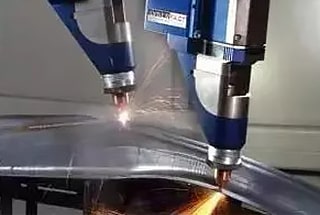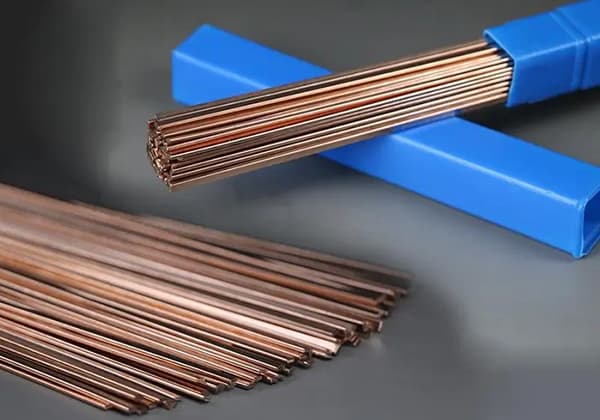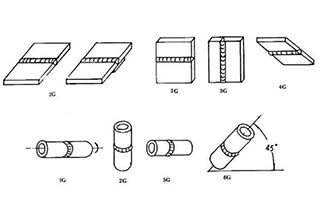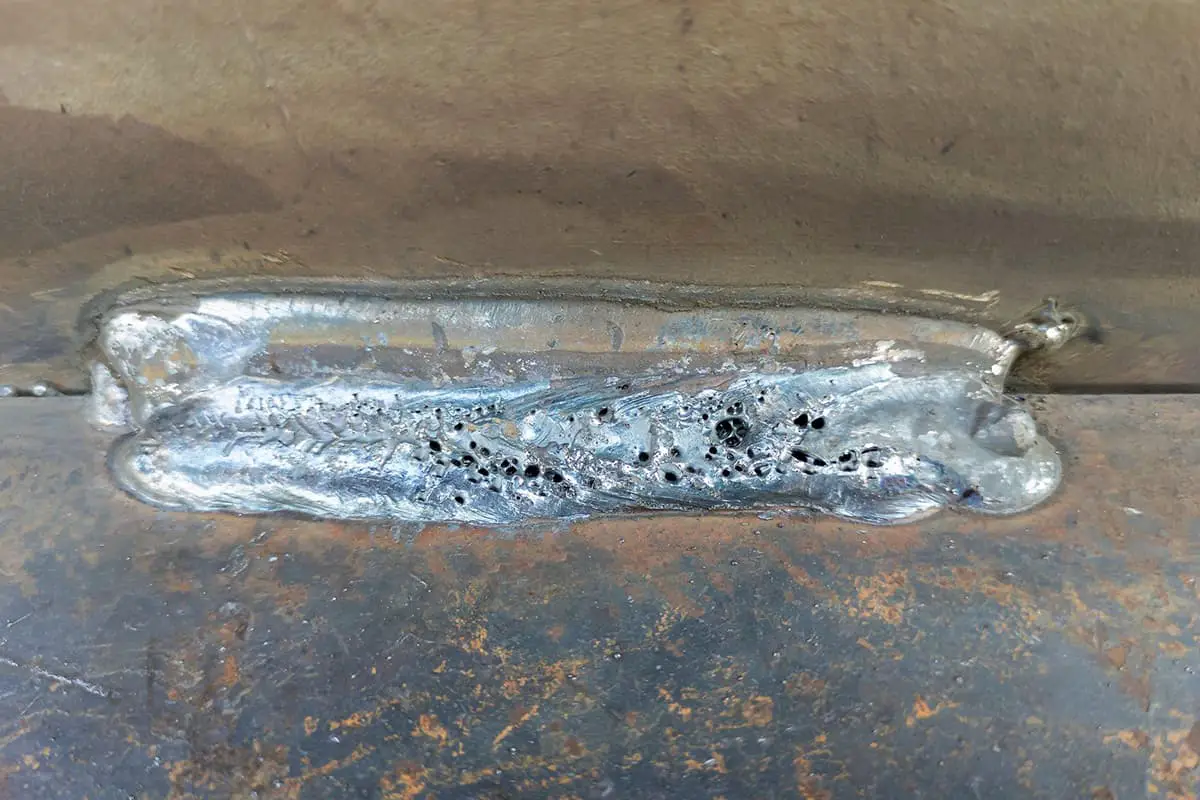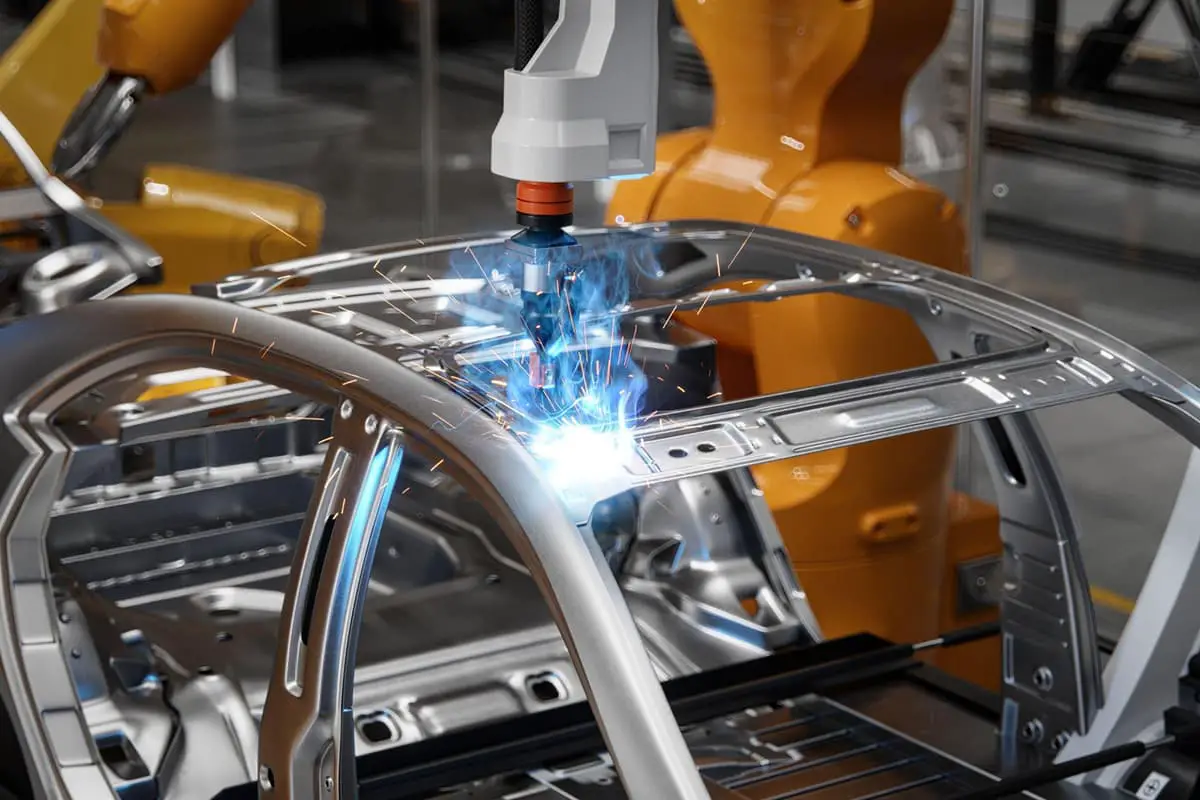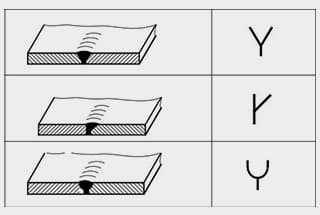
Are welding defects causing frustration in your stainless steel projects? In this article, we’ll explore the common issues faced when welding 18Cr austenitic stainless steel, including intergranular corrosion and stress corrosion cracking. Learn about effective prevention measures and techniques to ensure the integrity and longevity of your welded joints. Discover the best practices to avoid construction defects and enhance your welding outcomes.
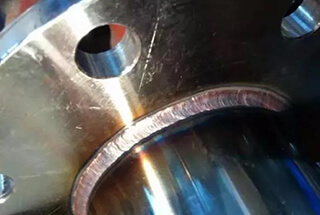
Austenitic stainless steel has good corrosion resistance because it contains high chromium and can form dense oxide film.
When Cr18% and Ni8% are contained, a single austenitic structure can be obtained. Therefore, austenitic stainless steel has good corrosion resistance, plasticity, high-temperature performance and welding performance.
However, under different working conditions, austenitic stainless steel welded joints often face some special problems, which are easy to cause construction defects such as intergranular corrosion, stress corrosion, knife corrosion, welding hot crack,α phase embrittlement and so on.
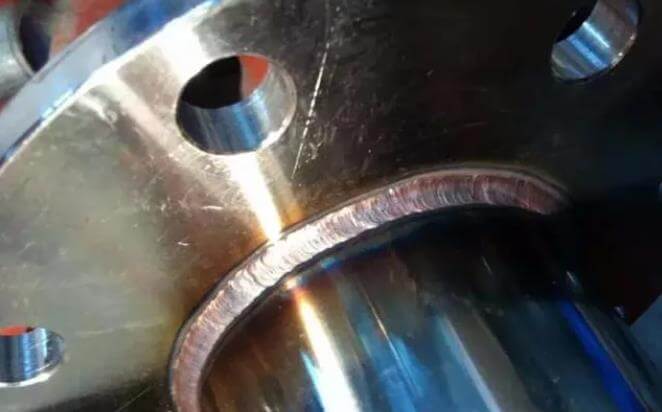
Intergranular corrosion is one of the most important corrosion problems of austenitic stainless steel. Once intergranular corrosion occurs, its strength is almost lost when it is serious, and intergranular fracture will occur when certain stress is applied.
The main cause of intergranular corrosion of austenitic stainless steel welding joint is the precipitation of chromium carbide.
When austenitic stainless steel is sensitized in the temperature range of 500 ~ 800 ℃, the diffusion rate of supersaturated solid solution carbon to the grain boundary is faster than that of chromium.
Near the grain boundary, (Cr, Fe) 23c6 carbide is synthesized with chromium and precipitated at the grain boundary, forming the phenomenon of chromium deficiency near the grain boundary.
When the chromium content in this area decreases below the limit content required for passivation (w (CR) 12.5%), the corrosion in this area will be accelerated and intergranular corrosion will be formed.
The intergranular corrosion in the sensitization temperature zone of the heat-affected zone occurs in the heating peak temperature range of 600 ~ 1000 ℃ in the heat-affected zone.
The reason for intergranular corrosion is still the precipitation of chromium carbide at the austenite grain boundary.
The main preventive measures to reduce and prevent intergranular corrosion include:
① Adopt process measures such as small specification (small current, large welding speed) and multi-pass welding;
② Try to reduce the content of carbon in base metal and welding materials, and use welding materials with C content less than 0.03%;
③ The weld is changed from single austenite phase to austenite plus ferrite dual phase. The diffusion rate of Cr in ferrite is faster than that in austenite.
Therefore, chromium diffuses to the grain boundary faster in ferrite, which reduces the phenomenon of chromium deficiency at austenite grain boundary;
④ Adding Ti, Nb and other elements with stronger affinity with carbon than chromium to steel and welding materials can form stable compounds with carbon, so as to avoid chromium deficiency at austenite grain boundary.
Stress corrosion cracking of stainless steel is the most harmful corrosion behavior.
There is no deformation when cracking.
Accidents are often sudden and the consequences are serious.
There are many factors affecting the stress corrosion cracking of stainless steel under service conditions, including steel composition, structure and state, type of medium, temperature, concentration, stress properties, size and structural characteristics.
① Avoid strong assembly, mechanical impact and arc burn, and reduce cold work deformation and stress;
② Strictly control the impurities in the medium and environment (especially chloride, fluoride, etc.);
③ Reasonable material selection (base metal and welding material): avoid grain coarsening and hardened martensite structure;
④ The weld is well formed without any stress concentration (such as undercut);
⑤ Reasonably arrange the welding sequence to reduce the stress;
⑥ Anti corrosion treatment: add corrosion inhibitor at coating, lining or cathodic protection.
The hot crack of austenitic stainless steel is mainly crystal crack, which is produced during the solidification of weld metal and liquid metal.
At this time, there is primary crystal in the eutectic of melting point, mainly between dendrites. There are three main causes:
① S, P and C form low melting point eutectic with Ni (for example, the melting point of NIS + Ni is 644 ℃) to weaken the grain boundary strength;
② Austenitic stainless steel has large distance between liquidus and solidus, long crystallization time, strong dendrite directionality and easy segregation of impurity elements;
③ Steel has small thermal conductivity and large linear expansion coefficient, which is easy to produce stress.
① Strictly control the content of sulfur and phosphorus in base metal and welding material;
② The duplex structure of about 5% ferrite is produced in the weld, which disrupts the direction of austenite columnar crystal;
③ Technological measures: use alkaline electrode and small specifications (low current, fast welding) to prevent thermal cracks.
P2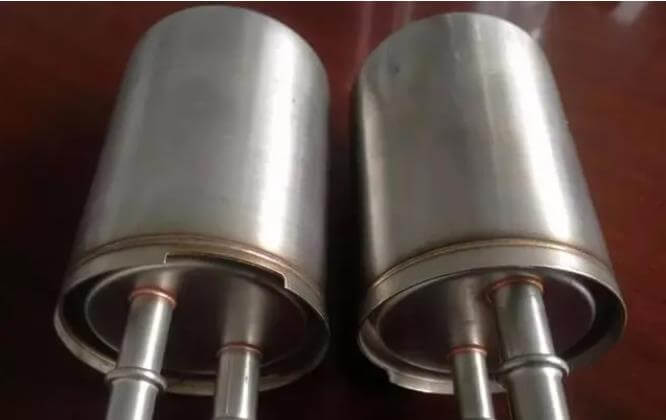
The content of ferrite in weld metal of austenitic steel is not only related to the formation of α(σ)phase embrittlement and thermal strength, but also directly affects the hot crack resistance of the joint.
After the workpiece is heated at high temperature for a certain time, the brittle σ phase will precipitate.
The longer the heating time, the longer the high-temperature residence time and the more precipitation, which will seriously affect the mechanical properties of the joint.
From the point of view of thermal cracking resistance, a certain amount of ferrite is required in the weld metal, but the lower the ferrite content, the better from the point of view of α phase embrittlement and thermal strength.
Therefore, for welded joints with high-temperature strength requirements, the ferrite content must be strictly controlled. In some cases, austenitic weld metal must be used.


